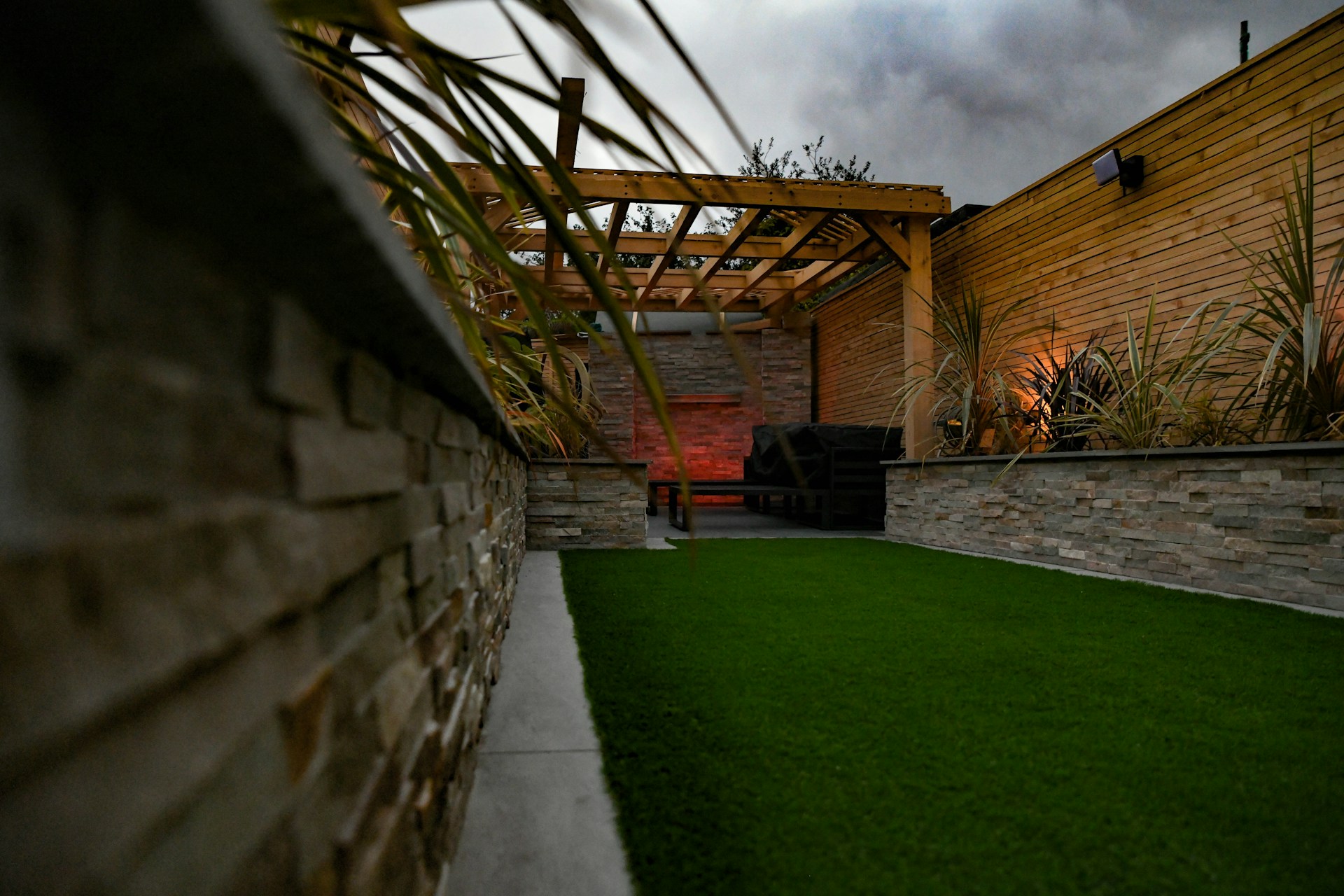Outdoor Pergolas: A Complete Guide to Design, Materials, and Functionality
A pergola is an elegant outdoor structure that combines form and function, creating a defined space in your garden or patio while offering varying degrees of shade and shelter. These architectural features have evolved from simple post-and-beam structures to sophisticated outdoor living elements that can transform any exterior space. Whether attached to a building or freestanding, pergolas serve as stunning focal points while providing practical benefits for outdoor entertainment and relaxation.

What Are Outdoor Pergolas and How Are They Used?
Pergolas serve multiple purposes in outdoor spaces. At their core, they’re vertical posts supporting cross-beams and an open latticed roof. Common uses include creating outdoor dining areas, defining garden walkways, or establishing cozy seating zones. Many homeowners use pergolas as support structures for climbing plants, adding natural shade and beauty. These versatile structures can also serve as transition spaces between indoor and outdoor areas, particularly when attached to a home’s exterior.
What Materials Are Commonly Chosen for Outdoor Pergolas?
The choice of material significantly impacts a pergola’s durability, maintenance requirements, and overall aesthetic. Cedar and redwood remain popular choices due to their natural resistance to decay and insects. Aluminum pergolas offer excellent durability with minimal maintenance, while vinyl provides a low-maintenance option that resists weathering. Steel pergolas deliver maximum strength and can span larger areas, though they require proper coating to prevent rust. Each material brings its own combination of benefits and considerations regarding cost, longevity, and appearance.
How Do Outdoor Pergolas Provide Shade and Style in a Garden?
Pergolas offer varying levels of shade through different design approaches. Traditional latticed tops create dappled sunlight patterns, while retractable canopies provide adjustable shade coverage. The addition of climbing plants like wisteria or grape vines can create natural shade that changes with the seasons. Modern pergola designs may incorporate adjustable louvers or sliding panels, allowing users to control sun exposure throughout the day. The architectural lines of a pergola also add vertical interest to garden spaces, creating visual depth and structure.
What Design Options Are Available for Customizing Outdoor Pergolas?
The customization options for pergolas are extensive, allowing homeowners to create truly unique outdoor spaces. Design variations include:
-
Traditional rectangular layouts or curved and contemporary designs
-
Built-in seating or planters
-
Integrated lighting systems for evening ambiance
-
Decorative end cuts on beams and rafters
-
Privacy screens or partial walls
-
Multiple levels or tiered roofing structures
Understanding Pergola Costs and Options
| Material Type | Average Cost Range (10x10) | Durability Rating |
|---|---|---|
| Cedar | $2,000 - $5,000 | 15-20 years |
| Aluminum | $3,000 - $6,000 | 20+ years |
| Vinyl | $2,500 - $5,500 | 25+ years |
| Steel | $4,000 - $8,000 | 30+ years |
Prices, rates, or cost estimates mentioned in this article are based on the latest available information but may change over time. Independent research is advised before making financial decisions.
A well-designed pergola can transform an ordinary outdoor space into an inviting retreat while adding value to your property. The key to success lies in choosing the right combination of materials, design elements, and functionality to match your specific needs and environmental conditions. Whether serving as a garden focal point or creating an outdoor room, pergolas continue to evolve as versatile architectural features that enhance outdoor living spaces.




